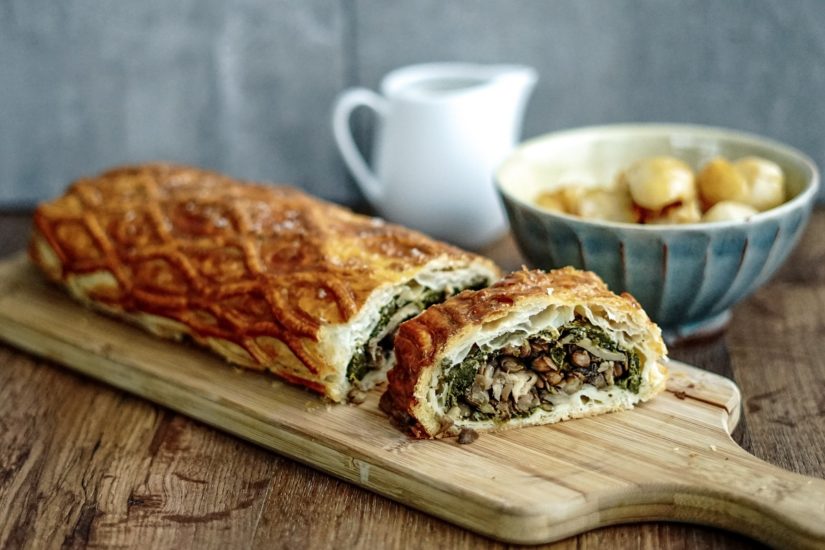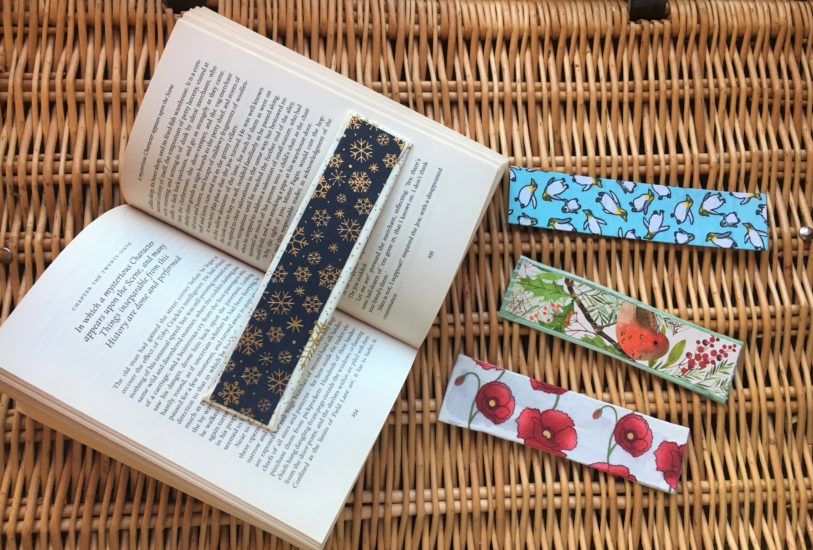
“Bring us some figgy pudding,” the carollers sing in “We Wish You A Merry Christmas”.
“We won’t go until we’ve got some,” they go on, missing the Christmas spirit somewhat. But what is figgy pudding, and would we want to eat it?
Well, according to a mediaeval cookbook, “The Forme Of Cury”, our forebears used a recipe that went (roughly) like this. “Take almonds, blanched, grind them and mix them up with water and wine, quartered figs and whole raisins. Add powdered ginger and clarified honey. Boil it well, salt and serve.”
Mmm, sounds . . . not very tempting, to be honest. The resulting dish would have been more like a spicy porridge than the solid, brandy-drenched plum pud it had morphed into by Charles Dickens’s day.
Figgy pudding isn’t the only Christmas dish that has undergone big changes. The historians at York Castle Museum have looked into some of the traditions behind our favourite Christmas treats and found that some of them had very different beginnings.
Mince-pies
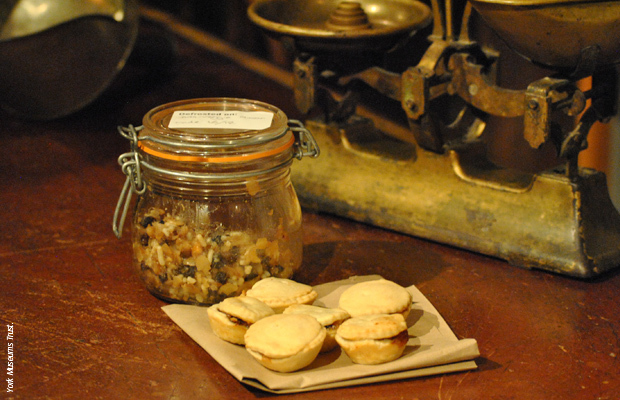
In the middle ages, wealthy people would put spices and fruits in meat pies as an expensive treat and a sign of prestige. Mince-pies contained actual beef mince. Tiny amounts of expensive imported spices, raisins and candied peel added flavour. As time went on, the price of spices and fruit fell, and the price of meat rose. So our modern sweet mince-pie has plenty of fruit and spice, but all that’s left of the meat is the beef suet.
Turkey
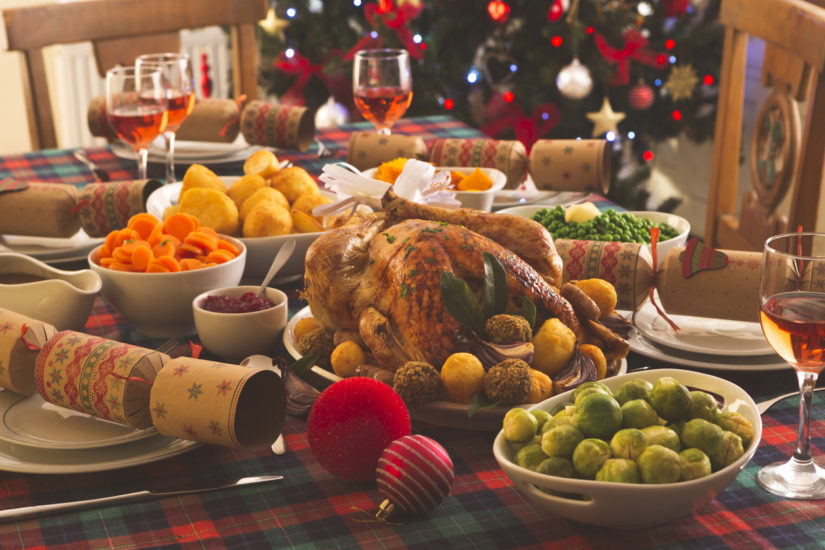
Until the eighteenth century, Christmas dinner almost always meant roast beef. In the eighteenth century, turkey became fashionable. From around 1860, beef was most popular with working class households, and turkey with middle class families. Goose became the preferred Christmas meat of the wealthy.
Christmas Cake
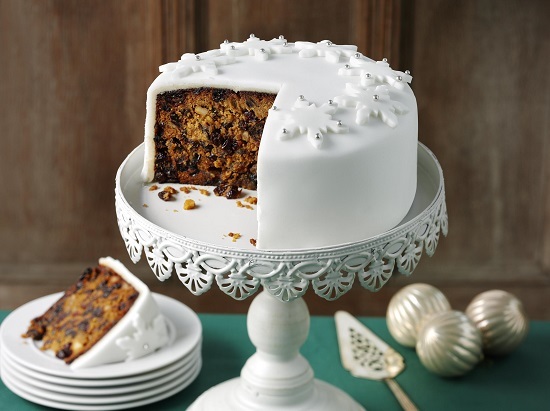
Twelfth Night – January 6 – used to be a major celebration. Traditionally, this was the time for a rich fruit cake – the Twelfth Night Cake. Silver tokens were hidden inside the cake for games or prize giving. This tradition was carried over into the twentieth century by mixing a sixpence piece or a threepenny bit into a Christmas pudding.
Over the nineteenth and twentieth centuries, the eating of rich fruit cake gradually shifted to Christmas, and Twelfth Night Cake became our modern Christmas cake.
You can find out more about Christmas in times gone by at A Victorian Christmas at the York Castle Museum until Monday December 31, 2018.



